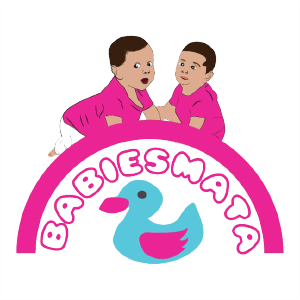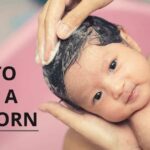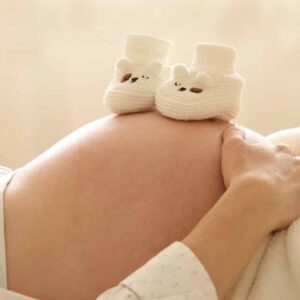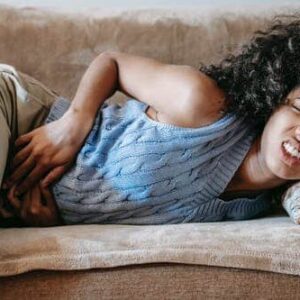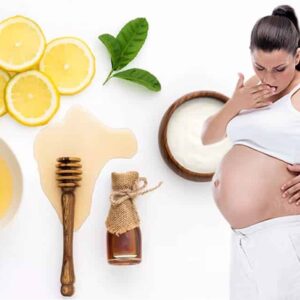Ways to Remove Lice from Your Child’s Hair
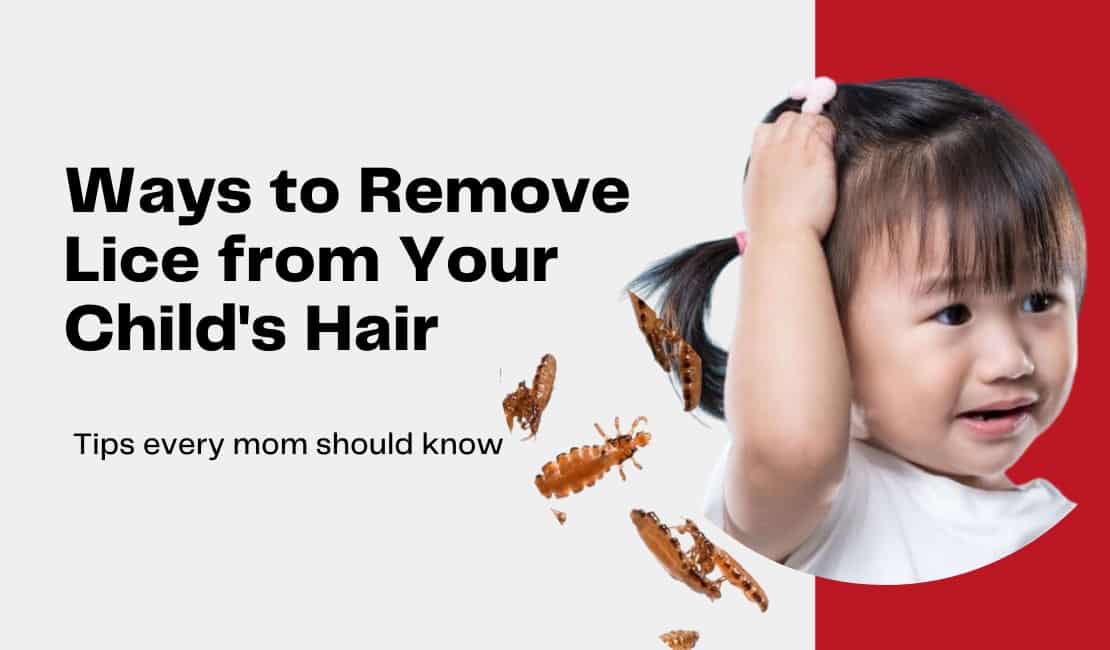
Before now, when people hear lice, they quickly imagine, \”how dirty can you?\”. But now it is known that having lice infestation doesn\’t mean you are dirty. And if you find lice on your child\’s hair, don\’t think you are not a good enough mother. The lifecycle and lice infestation pattern ease the transfer from an infected host to a new host quickly.
When you begin treating lice on a child\’s hair, check the other siblings\’ scalp and hair to make sure it hasn\’t spread. It is best if you take care of all the children\’s hair and even your hair as the mother because of how it spreads, which we will discuss below.
STEPS TO REMOVE LICES WITHOUT PESTICIDE
Use of shampoo and conditioner
- Get nits comb or fine-toothed comb, delousing shampoo or ordinary shampoo and conditioner.
- Wash the hair with shampoo and rinse off with clean water.
- Apply hair conditioner to the shampooed hair and allow hair stand for 10 to 20 minutes.
- Use the nits comb to comb out the hair gently but thoroughly. For every comb out, rinse out the comb to prevent returning any comb louse and nits.
- Rinse out the hair with warm water.
- Gently towel dry the hair.
- Apply coconut oil or any hair growth oil you have. Oil immobilizes any louse left in the hair and prevents them from biting your scalp. And consistently keep your child\’s hair laced with oil to immobilize the lice
- After every 3 days, repeat steps 1 to 7 for 10 to 14 days.
This process is suitable for a child of any age and will prevent any damage from chemicals, especially in babies less than two years of age
Use of heat
- Get a hand dryer, hair straightener, or hairdryer ready.
- After shampooing and conditioning the hair, apply hair heat serum and coconut oil to the hair. The hair heat serum protects the hair from the effect of the heating element on the hair, and coconut oil fix the lice in one place.
- Take your plugged-in blow drier close to the scalp and comb out the hair with nits or fine-toothed comb, gently and repeatedly.
- Or work the hair straightener from the hair\’s root up and comb out with the nits\’ comb to take out the dead lice and the nits(eggs).
- Wash the beddings and clothes that were used before treatmentRepeat these steps three times every three days.
Heat dries out and kills the lice and sometimes the nits. The comb and oil make the removal of the nits easier from the hair. Because the nits can be challenging work, no process of lice removal is one-off. Repeated processes are to take care of nits that might have hatched after the last time you worked on your hair to prevent them from breeding and multiplying. The aim is to eliminate them.
Understanding the life cycle of lice
Lice are tiny black or brown insects that only thrives on human hair and scalp and cannot survive outside the scalp for long; they die within 48 hours after they fall off. They grow and multiply by sucking blood from the scalp. Because louse does not fly, it can only crawl. Lice infestation only occurs when there is head-to-head contact with an infected carrier.
The louse begins as a nit (egg), a whitish-yellow speck that could be mistaken for flakes of dandruff. The nit attaches itself firmly to the hair strand very close to the scalp so that it cannot easily be removed. It hatches into the young louse called lymph in seven to ten days, which then matures into an adult louse in nine to twelve days. The adult louse is not usually bigger than 2 millimeters. The adult louse lives up to three to four weeks on the hair, and in that space of time, it would have produced thousands of eggs.

